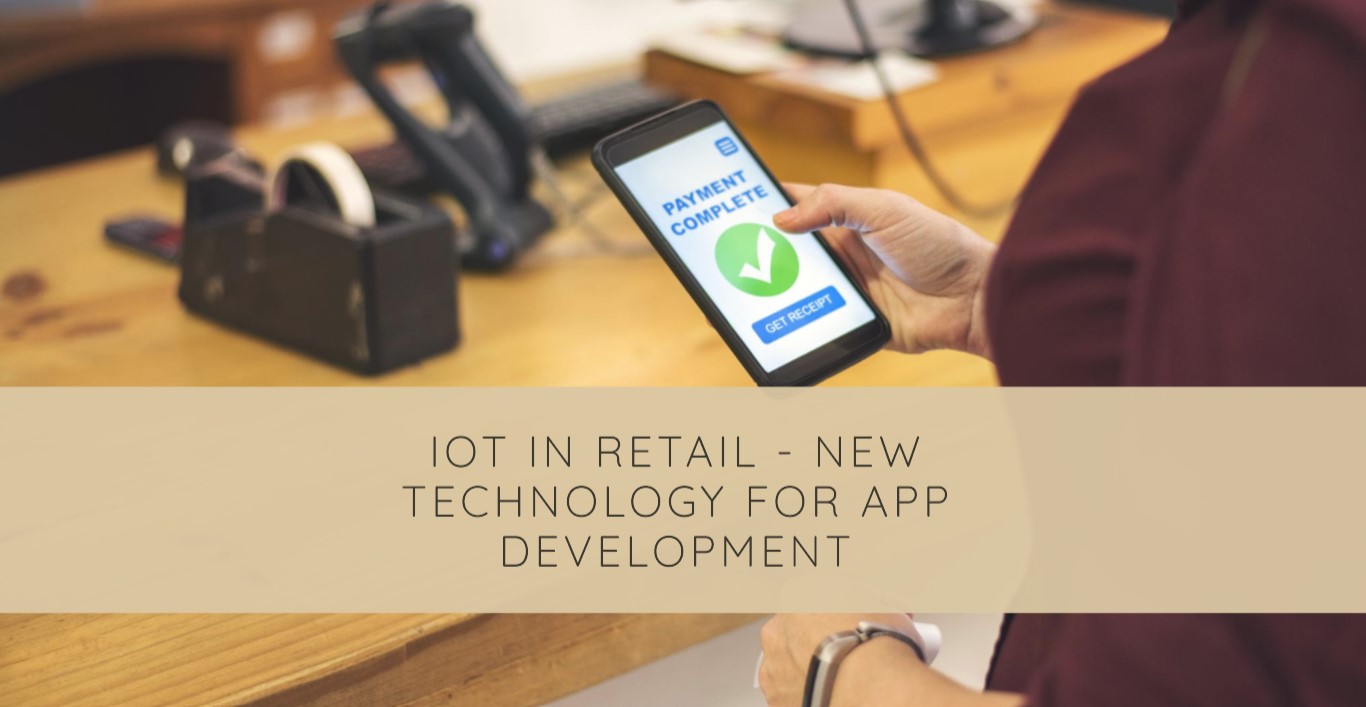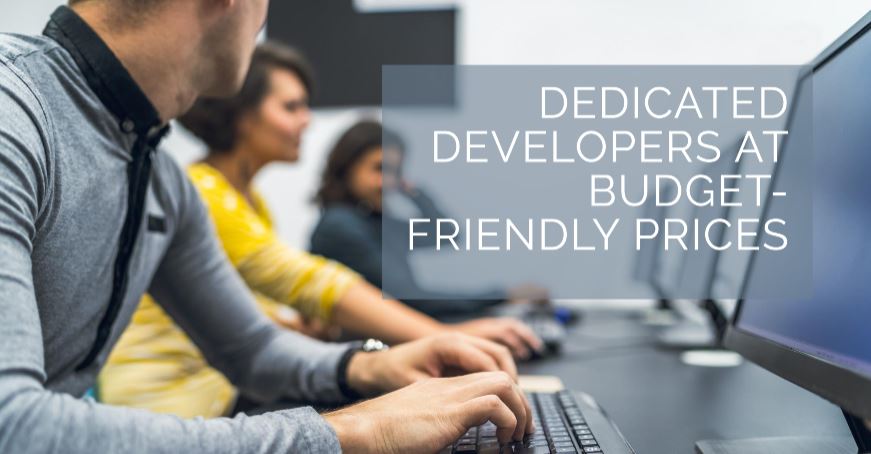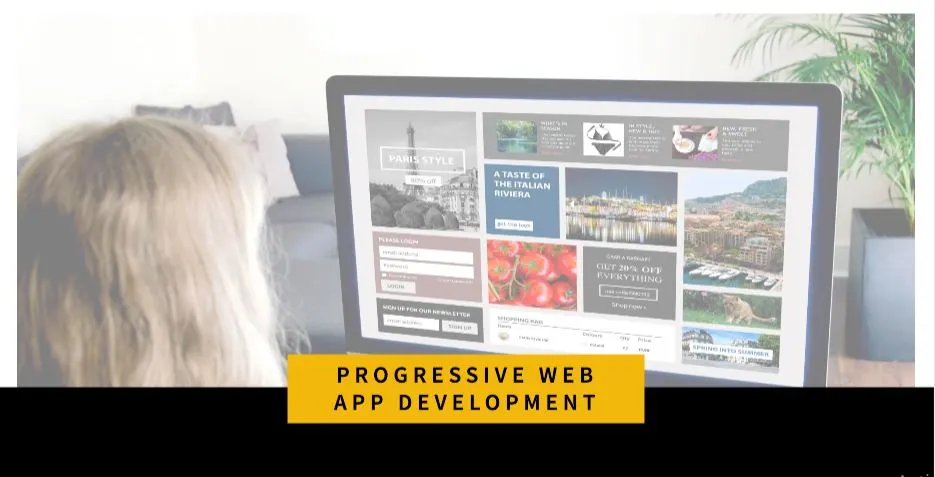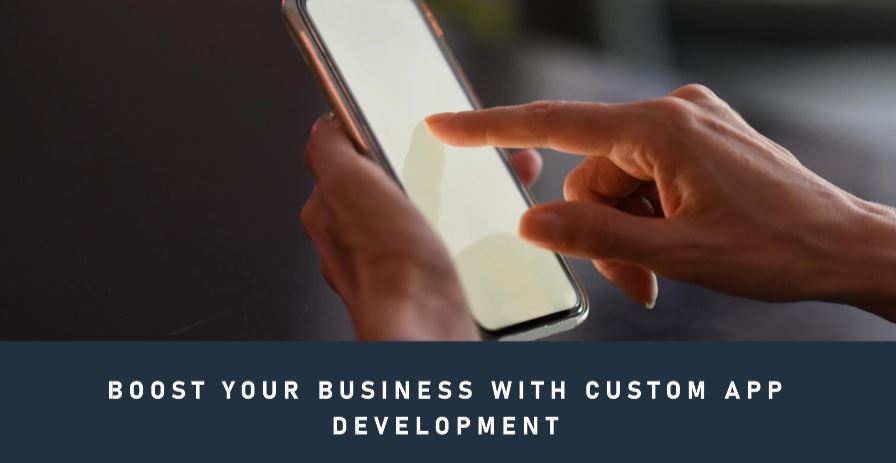The retail landscape is evolving rapidly, shaped by changing consumer expectations and disruptive technologies. Today’s customers demand hyper-personalized, seamless shopping experiences that align with their unique preferences and needs.
The Internet of Things (IoT) is emerging as a transformative force in retail, enabling businesses to provide customized engagements that foster brand loyalty. By integrating smart, connected devices across retail environments, IoT lays the foundation for next-generation shopping that is predictive, adaptive, and interactive.
Understanding IoT in Retail
The Internet of Things refers to a network of Internet-enabled devices that can collect, share and act upon data. IoT in Retail involves outfitting physical retail spaces with sensors, processors and communication hardware.
Devices like RFID tags, smart shelves, digital signage, smart mirrors and CCTV cameras become interconnected IoT nodes that generate insights into customer behavior and preferences. Powerful analytics software then crunches this data to optimize operations, provide personalized recommendations, and tailor real-time promotions.
For instance, IoT-enabled smart shelves can automatically detect when a product needs restocking. Digital signage can offer promotions based on customer demographics and proximity. Smart fitting rooms allow shoppers to request different sizes or styles through an interactive mirror. Such innovations enhance customer experiences while also improving inventory and workforce management for retailers. According to Juniper Research, global IoT retail spend is expected to reach $102 billion by 2023.
Benefits of Adopting IoT in Retail
IoT delivers manifold benefits that improve customer engagement, streamline operations and strengthen competitive positioning for retailers.
Enhanced Customer Experiences
IoT enables more personalized and convenient shopping experiences. Location-based push notifications guide customers to relevant products based on past purchases and browser history.
Smart mirrors in changing rooms suggest complementary items for a clothing item or allow customers to request different colors and sizes. Frictionless self-checkout powered by computer vision does away with long wait times. Such personalized recommendations and automation of mundane tasks lead to deeper customer satisfaction.
Inventory Management and Optimization
IoT provides retailers with granular visibility into inventory levels across multiple locations in real time. Smart shelf sensors notify store managers when a product needs restocking. This prevents out-of-stocks and lost sales opportunities. Tracking inventory shrinkage also becomes easier with video analytics. All of this allows retailers to optimize stock levels and placement to maximize sales and minimize waste.
Operational Efficiency
By applying advanced analytics over IoT sensor data, retailers can gain data-driven insights to refine business processes. For example, motion sensors can analyze customer foot traffic patterns to adapt staffing levels accordingly.
Smart cameras can track operational bottlenecks to address congestion issues. IoT-powered supply chain optimization further accelerates order fulfillment and delivery.
Personalized Shopping Experiences
While IoT brings several operational efficiencies, its biggest value lies in elevating customer engagement through tailored shopping experiences.
Customer Data Collection
In-store IoT sensors track customer interactions, movements, dwell times, and preferences anonymously. Video and Bluetooth beacons reveal customer demographics and which products draw their attention. Interactive mirrors capture clothing preferences.
Opt-in mobile apps gather first-party data on shopping habits and respond to surveys. All this data gets aggregated to derive actionable insights while adhering to privacy laws.
Tailored Recommendations
Advanced analytics engines process the above data to understand customer needs and predict future behavior. Retailers can then offer hyper-relevant recommendations over smartphones or interactive in-store displays in real time.
For instance, past purchases can inform suggestions for fresh produce or ingredients to a loyal grocery customer. Fashion retailers can better predict trends based on emerging customer preferences.
In-store Navigation
IoT also assists shoppers in smoothly navigating retail environments. Apps allow shoppers to search for products and get directed through beacons and digital signage. Smart dressing rooms let customers check inventory across stores in real-time to find desired styles and sizes. Indoor positioning shows objects of interest in augmented reality. Such innovations simplify brick-and-mortar retail navigation.
Case Studies: Successful IoT Adoptions
Let us examine some real-world case studies of IoT lifting retail experiences:
Amazon Go Stores
The e-commerce giant has leveraged IoT extensively in its Go convenience stores. Checkout lines are eliminated through computer vision, sensor fusion and AI that detects products picked up by a shopper and automatically bills their Amazon account on exit. This futuristic shopping experience demonstrates the power of IoT technology.
Macy’s Smart Fitting Rooms
Macy’s has equipped fitting rooms with RFID-enabled mirrors in more than 160 stores. Shoppers can request alternate sizes or colors through the mirror’s touchscreen without leaving the room. Attendants also get notifications to bring items to the fitting room. This significantly improves the dressing room experience.
Zara’s RFID-based Inventory Management
Fast fashion retailer Zara has deployed RFID tags across its stores to track inventory positions in real time. This allows store managers to quickly identify low-stock items and refresh them based on sales data instead of manually monitoring inventory. Higher inventory accuracy has led to 5-6% incremental sales for Zara.
Overcoming Challenges
While promising, wide scale IoT adoption also faces some barriers:
Data Privacy and Security
Retailers need to be transparent about data collection and assure customers that their personal information is secure. Data should be anonymized and encrypted, and opt-in consent secured before engaging with apps and interactive displays. Following legal requirements for data handling and having strong cybersecurity measures in place helps gain customer trust.
Integration and Scalability Challenges
Many retailers have complex legacy technology systems. Integrating new IoT infrastructure requires upfront investment and technical expertise. Retailers also need to ensure solutions are scalable, interoperable and future-ready. Working with expert IoT consultants can ease adoption. Gradual pilots before expanding rollouts also help minimize disruption.
The Road Ahead
As IoT proliferates, retailers need to stay competitive by offering connected, omnichannel experiences. Some key trends to watch include:
AI-powered IoT solutions like automated checkout and predictive analytics gaining mainstream adoption. Retailers investing in their own data science teams.
Augmented and virtual reality are being combined with IoT for immersive shopping. Customers expect connected experiences across online and offline channels.
Continuous innovation as consumers get accustomed to IoT-enabled shopping conveniences. Blurring lines between physical and digital retail.
Conclusion
From smart mirrors in changing rooms to sensors on shelves, IoT is transforming every facet of retail. It provides retailers with granular shopper insights while enabling customized recommendations and frictionless experiences.
Partnering with an IoT app development company and careful planning and execution, IoT can help retailers deliver next-gen shopping journeys that deepen customer loyalty in the long run. Though challenges remain around data privacy and integration, IoT is slated to shape the future of retail engagement and drive innovation in the industry.




